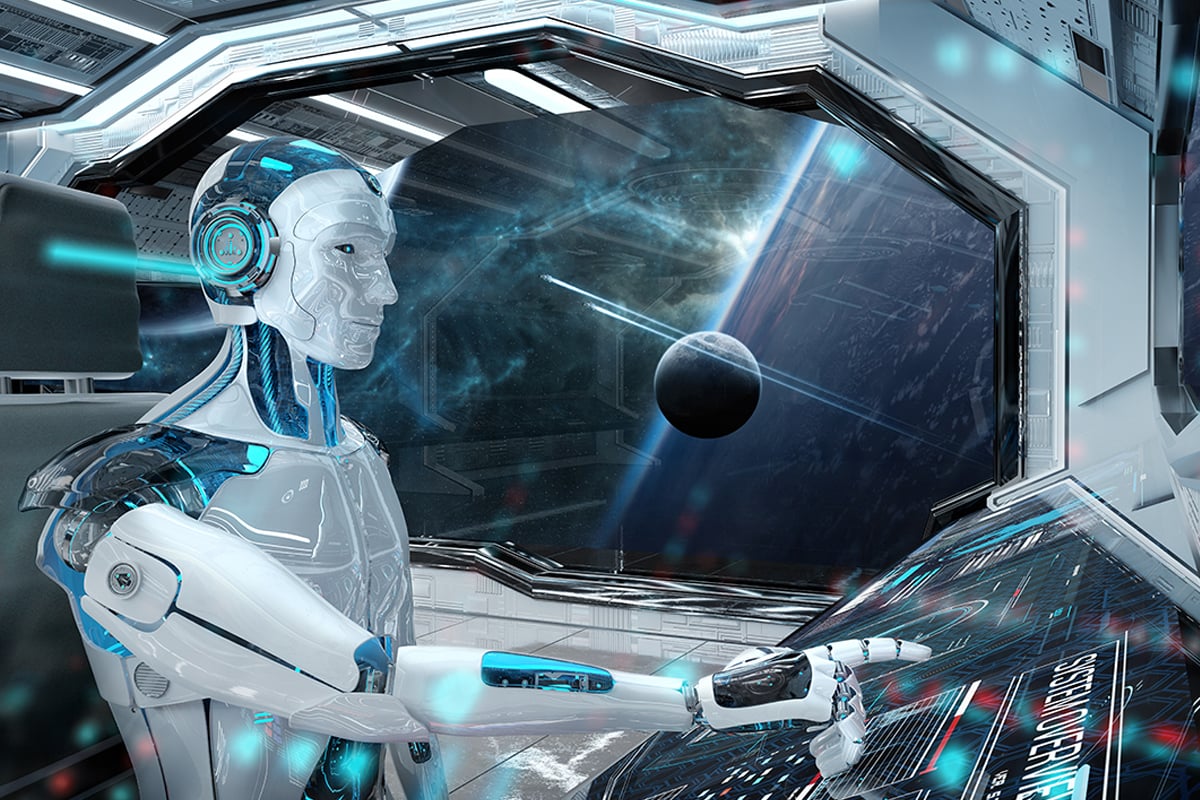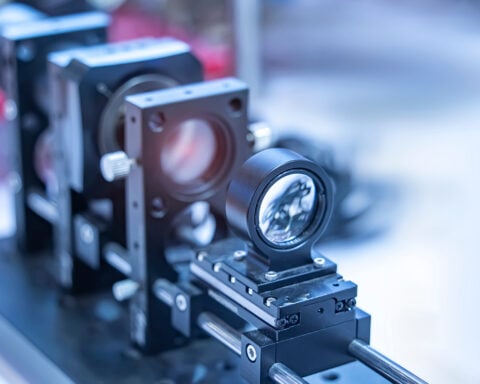In a remarkable breakthrough that leaps from the pages of science fiction, a group of pioneering researchers has unveiled an extraordinary humanoid robot with the ability to pilot airplanes. This innovation, known as PIBOT, ushers in a new era for aviation and automation enthusiasts, offering a glimpse into a future where machines navigate the skies with unparalleled skill and adaptability.
PIBOT, which stands for Pilot Robot, has been meticulously engineered to fit seamlessly into standard aircraft cockpits, assuming full control of flight operations. Unlike traditional autopilot systems reliant on software alone, PIBOT is equipped with articulated limbs that enable it to interact with flight instruments in a manner akin to human pilots.
What truly sets PIBOT apart is its remarkable capacity to effortlessly integrate into diverse cockpit configurations and operate various flight systems without necessitating any alterations to the aircraft itself. This inherent flexibility marks a pivotal shift, distinguishing it from existing technologies.
PIBOT’s flight mastery stems from a dual-pronged strategy. Firstly, it employs natural language processing to comprehend intricate aircraft manuals, imbibing the nuances of flight in an intuitive manner. This empowers it to grasp the subtleties of flying and respond adeptly to diverse scenarios. Secondly, the robot utilizes onboard cameras to visually assess the cockpit environment, enabling it to make real-time decisions based on the information it collects.
A standout demonstration of PIBOT’s capabilities is its unwavering control even in turbulent conditions. The robot adeptly handles challenging flight situations, instilling confidence in its potential to elevate flight safety in the future.
Professor David Hyunchul Shim, leading the team behind PIBOT at the KAIST School of Electrical Engineering, envisions a horizon where humanoid pilot robots, like PIBOT, transcend airplanes to encompass vehicles like cars and military trucks. This versatility arises from the robot’s capacity to operate a wide array of equipment, proving invaluable in scenarios where resources are scarce, especially within military contexts.
Having showcased PIBOT’s accomplishments, the team is now poised to introduce the robot to the commercial market. This strategic move is projected to galvanize the advancement of automated flight systems, reshaping perceptions of human-machine collaboration in aviation.
As humanity takes its inaugural strides toward embracing humanoid robot pilots, the skies beckon with boundless prospects for innovation and exploration. The future of aviation appears destined to be shaped by the synergy of human ingenuity and robotic prowess, with PIBOT at the vanguard of this exhilarating new chapter.







